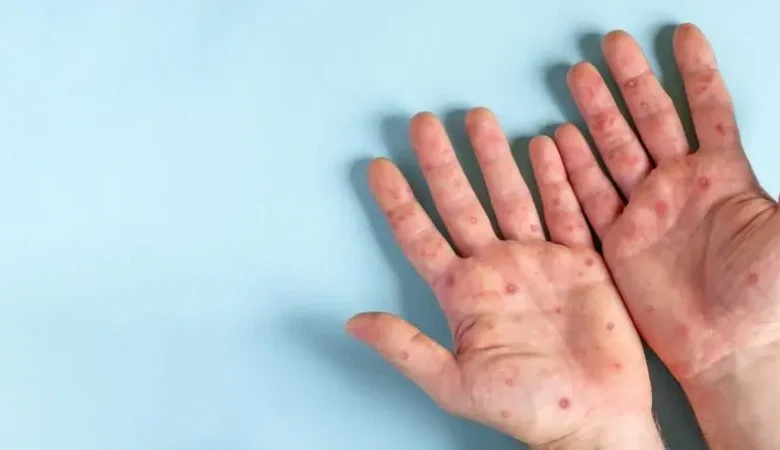What is Mpox, what are the symptoms?

Mpox, formerly known as monkeypox, is a viral zoonotic disease caused by the monkeypox virus, which belongs to the Orthopoxvirus genus—the same group of viruses that includes the smallpox virus. Mpox was first discovered in 1958 in monkeys being used for research, which is how it got its original name.
The first human case was identified in 1970 in the Democratic Republic of Congo.
The World Health Organization (WHO) has officially declared the mpox outbreaks in parts of Africa as a public health emergency of international concern. This declaration underscores the severity and global implications of the situation.
Mpox, a highly contagious disease formerly known as monkeypox, has been particularly devastating in the Democratic Republic of Congo, where it has already claimed the lives of at least 450 people. The rapid spread and high mortality rate of the virus in the region have prompted urgent calls for international attention and coordinated efforts to contain the outbreak and prevent further loss of life.
Mpox can be transmitted from animals to humans through direct contact with the blood, bodily fluids, or lesions of infected animals. Human-to-human transmission occurs through close contact with respiratory secretions, skin lesions, or contaminated objects such as bedding and clothing. The virus can also spread through large respiratory droplets, which generally require prolonged face-to-face contact.
What Are the Symptoms of Mpox?
The symptoms of mpox can be similar to those of smallpox, but they are generally milder. The illness typically begins with the following symptoms:
- Fever: A sudden onset of fever is one of the first signs of mpox.
- Headache: Along with fever, patients often experience severe headaches.
- Muscle Aches: Muscle pain, or myalgia, is a common symptom that accompanies fever and headache.
- Fatigue: A general feeling of tiredness or exhaustion is often reported in the early stages of the disease.
- Swollen Lymph Nodes: Unlike smallpox, mpox is characterized by swollen lymph nodes (lymphadenopathy), which can occur in the neck, armpits, or groin. This symptom helps distinguish mpox from smallpox.
After these initial symptoms, a rash typically develops within one to three days. The rash usually starts on the face and then spreads to other parts of the body, including the palms of the hands and soles of the feet. The rash progresses through several stages:
- Macules: Flat, red spots appear on the skin.
- Papules: The spots become raised, forming papules.
- Vesicles: The papules fill with fluid, turning into vesicles.
- Pustules: The vesicles then fill with pus, becoming pustules.
- Scabs: Finally, the pustules dry up and form scabs, which eventually fall off.
The entire progression from rash onset to scab formation typically takes about two to four weeks. In some cases, the rash can leave permanent scars.
Mpox is generally a self-limiting disease, meaning most people recover within a few weeks without specific treatment. However, it can be more severe in certain populations, including children, pregnant women, and individuals with compromised immune systems. Complications can include secondary bacterial infections, respiratory distress, and, in severe cases, death.
Mpox is a viral disease with symptoms that begin with fever, headache, muscle aches, and fatigue, followed by a characteristic rash. While the disease is generally not as severe as smallpox, it can lead to serious health issues in vulnerable populations. Public health awareness and preventive measures are essential to control its spread and minimize its impact.










